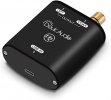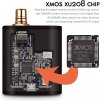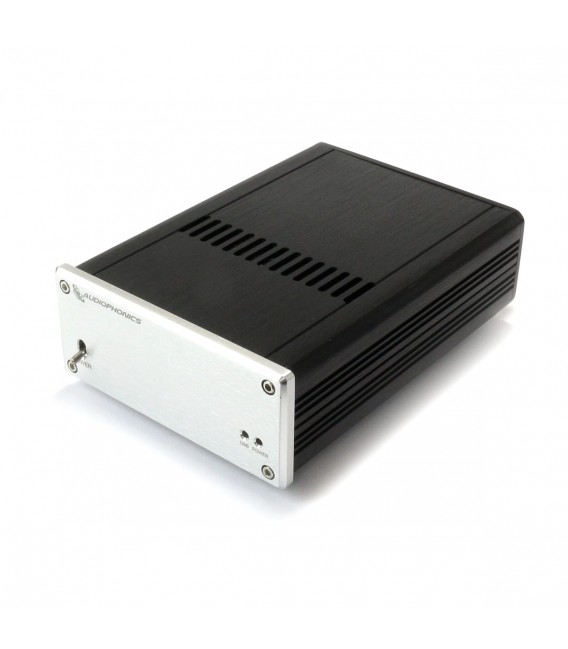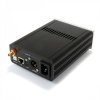labor cost in finland, extensive research and patent to get this far, quality control in finland, recycled aluminium as material are all very expensive, plus they have to stock enough spare parts and support network etc. all that translates into massive cost, plus they need to make a profit to feed the boss sens all those expensive management and experts within the company.So, why do they cost so much?
Is it the research that hit them to this stage? The materials? Manufacturing costs (other than materials)?
Or, put another way, would it be possible to do this, only cheaper?
a DIY DSP speaker might be able to get close to it in subjective performance, but how long can you still find stuffs to repair it once it breaks? also a DIY speaker didn't have those tests for reliability.





